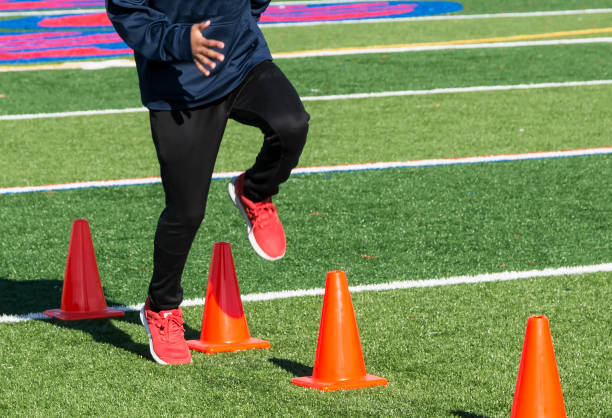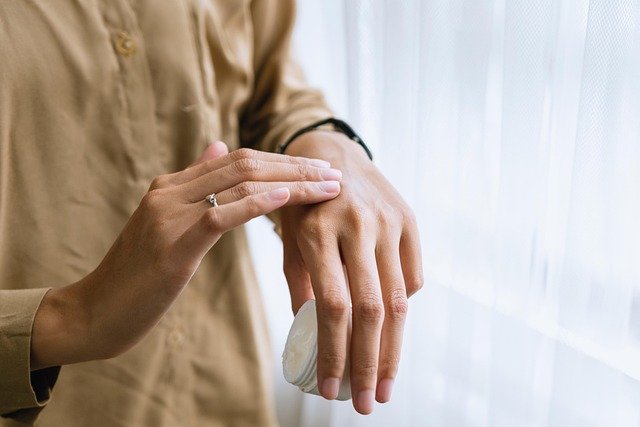Football Boots: Choosing the Right Pair for Different Playing Surfaces
Selecting the right football boots can affect comfort, performance, and injury risk. Whether you play on a grass field, an indoor court, or mixed surfaces, understanding fit, stud configuration, materials, and maintenance helps you choose shoes that match your style and playing conditions. This article explains key differences between football boots and other athletic footwear, how soccer cleats vary by surface, and practical tips for care and selection.

Football boots: fit and construction
Proper fit is the foundation of good football boots. A secure heel, snug midfoot, and a comfortable toe box reduce slipping and blisters while supporting quick cuts and sprints. Construction varies from lightweight synthetic uppers to stitched leather; synthetics often offer lower weight and water resistance, while leather can provide a more natural fit over time. Consider boot profile (low, mid, or high collar) and lacing systems that influence lockdown. Try shoes with the socks and insoles you normally use to assess real fit before committing.
Soccer cleats: stud types and traction
Soccer cleats use different stud patterns to match traction needs. Firm ground (FG) studs suit natural grass most commonly; soft ground (SG) with longer, replaceable studs help in muddy conditions. Artificial grass (AG) studs are usually shorter and more numerous to distribute pressure on synthetic turf. Turf (TF) shoes with small rubber nubs work for older artificial surfaces. Choosing the right soccer cleats reduces slipping and overuse stress on joints. Match stud length and arrangement to your regular playing surface for consistent traction.
Athletic footwear: materials, support, and weight
As part of athletic footwear, football boots balance protection, touch, and responsiveness. Uppers range from knit and microfiber to traditional kangaroo leather; each affects ball feel and water absorption. Midsole cushioning and outsole stiffness influence energy return and injury prevention—firmer soles favor stability for quick changes, while cushioned midsoles help with impact on harder surfaces. Weight matters for speed, but overly thin soles can sacrifice support. Look for options with a balance of lightweight design and structural support based on your playing role.
Grass field: selecting boots for natural turf
A grass field typically calls for firm ground football boots with conical or bladed studs that penetrate soil and provide rotational grip. For regularly wet or soft grass fields, soft ground studs that are longer and sometimes metal-tipped are appropriate, offering deeper bite. Inspect the field conditions before choosing boots; some modern hybrid studs suit transitional grass and slightly damp pitches. Proper cleaning after play preserves stud performance and prevents premature wear from mud and moisture on natural turf surfaces.
Indoor court: choosing shoes for hard surfaces
Indoor court play demands a different approach: low-profile indoor shoes with non-marking rubber soles and flat patterns optimize grip on smooth surfaces. Indoor footwear prioritizes lateral support and cushioning to absorb repetitive impact on hard courts. Football boots designed for indoor use (indoor soccer shoes) often mimic indoor court tennis or futsal styles, with durable uppers for ball control at close quarters. Avoid outdoor studs on indoor courts to prevent damage to the surface and to maintain consistent traction.
Conclusion
Understanding the distinctions between football boots, soccer cleats, and other athletic footwear will help you match shoe features to playing conditions. Consider fit and construction, stud type for your grass field or artificial turf, and low-profile designs for indoor court play. Regular inspection and care—cleaning, drying, and replacing worn studs—extend shoe life and maintain performance. Thoughtful selection reduces discomfort and supports consistent play across surfaces, whether training locally or competing in varied environments.






